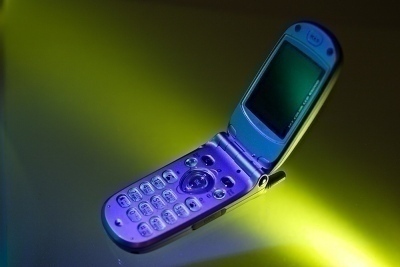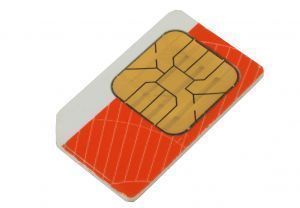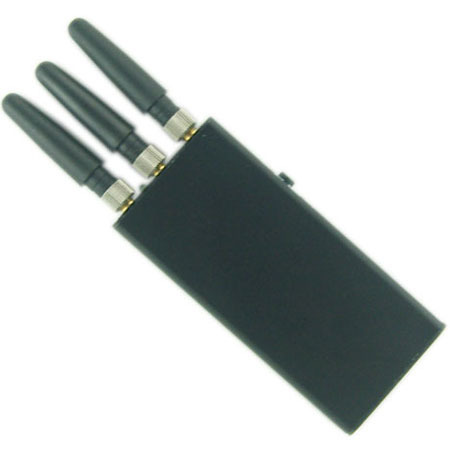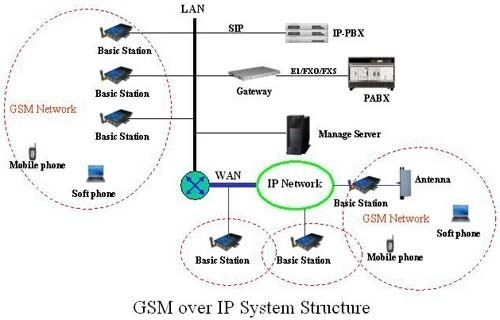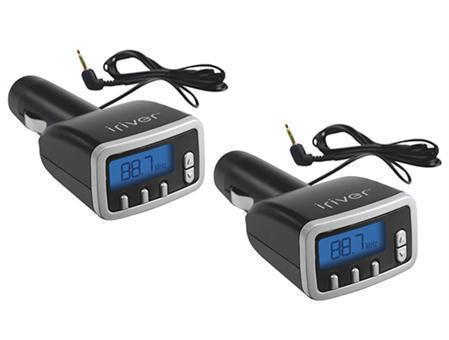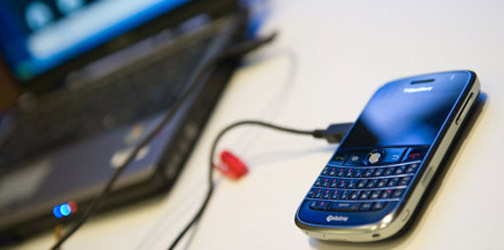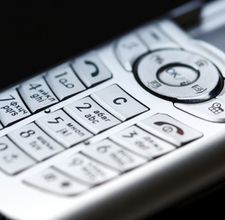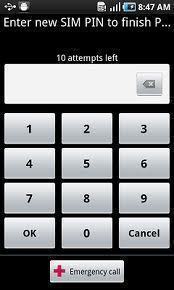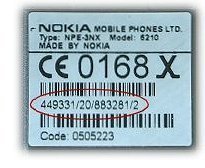MIN (Mobile Identification Number)
The MIN (Mobile Identification Number) is a number that uniquely identifies a mobile telephone subscriber. MINs are 34-bits in length. The first 10 bits are sometimes known as MIN2, while the last 24 bits are referred to as MIN1. Together they are simply known as the MIN. In the United States, the MIN is derived …

